Get the embedded learning path, please add Liang Xu WeChat: coderliangxu-6We often compare Linux and Windows, but what are the differences between macOS and Linux?
The differences between Linux and Windows are quite obvious, but macOS and Linux seem very similar to many people.
Both can run Unix commands in the command line, and the user experience is vastly different from that in Windows. Also, not all applications and games available on Windows can run on macOS and Linux.
This is why some people think that Apple’s macOS is a system based on Linux. But that’s not the case. Despite the similarities, macOS is not Linux.
These two Unix-like operating systems have many differences, and I will point out their similarities and differences in this article.
Let’s compare apples and oranges penguins.
Origin
macOS has a fascinating history. Its foundation was developed by Steve Jobs’ NeXT Computer Company when he was not working at Apple. Technically, it is based on the Mach kernel and Unix-derived BSD.
At that time, NeXT developed the NeXTSTEP operating system to drive the devices and computers it designed. Although it received some attention, it did not achieve great success. Later, Apple regained Steve’s position on the board, and as part of the deal, acquired NeXT, making the NeXTSTEP operating system the foundation of macOS.
This is why macOS is an operating system that combines Unix components and Apple’s proprietary technology.
In contrast, Linux (the kernel) is a free and open-source alternative to Unix.
Linux is not an operating system; it requires components like a desktop environment to become an operating system. There are many Linux-based operating systems, referred to as distributions.
For simplicity, we will refer to these operating systems as Linux operating systems rather than specific distributions.
macOS Kernel vs. Linux Kernel
The official name of the macOS kernel is XNU. This abbreviation stands for “XNU is Not Unix” (LCTT note: a typical GNU-style backronym). According to Apple’s GitHub page, XNU is “a hybrid kernel that combines the Mach kernel developed at Carnegie Mellon University with components from FreeBSD and a C++ API for writing drivers.” Its BSD subsystem code is “typically implemented as user-space servers in microkernel systems”. The Mach part handles low-level tasks such as multitasking, protected memory, virtual memory management, kernel debugging support, and console I/O.
The macOS kernel combines features of microkernels (Mach) and monolithic kernels (BSD), while Linux is just a monolithic kernel.Monolithic kernels are responsible for managing CPU, memory, inter-process communication, device drivers, file systems, and system service calls.
Commonalities
macOS utilizes Unix components, while Linux is built as an alternative to Unix. So, what do they have in common?
Both can use Unix commands, bash/zsh, and other shells. Perhaps the default shell may differ, but you can set it according to your preference. Other than that, I can’t think of any other similarities.
About ten years ago, we could say that the applications provided by Linux/macOS were relatively few. But times have changed. Over the years, the software ecosystems and game support of both have been continuously evolving, which we will discuss later in this article.
Codebase: Closed Source vs. Open Source
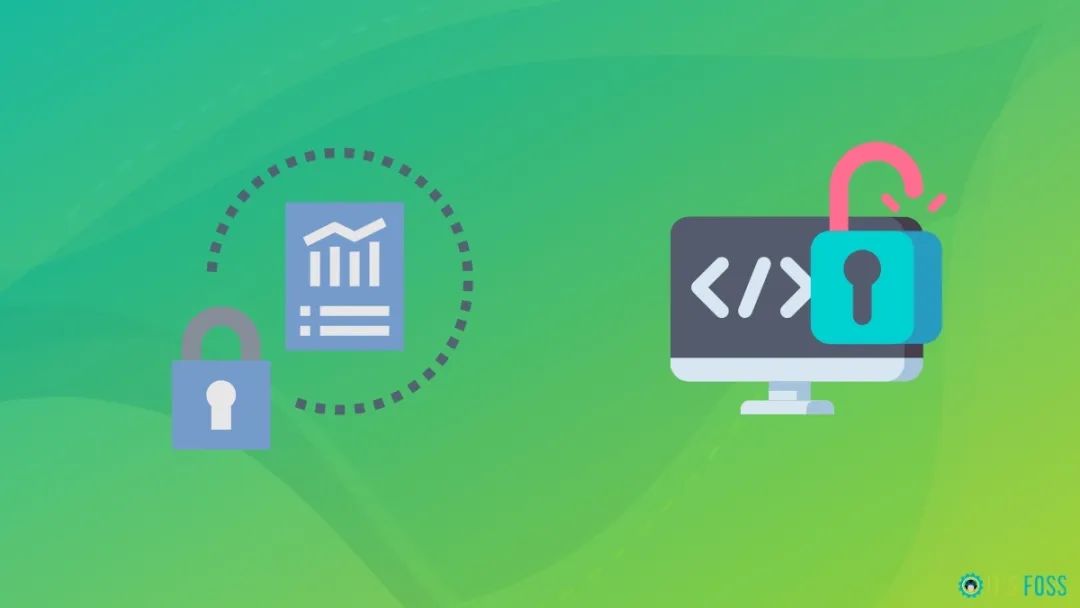
open source proprietary illustration
macOS is a closed-source operating system, meaning you cannot see the complete source code of the operating system.
Of course, you can obtain the source code of some macOS (mostly GNU) libraries. There is also the XNU kernel code used to develop macOS and iOS operating systems. However, you cannot build a clone of macOS using only this code and install it on any hardware.
Lack of source code is not the end of the world, but you will gain less transparency due to Apple’s claims and practices to protect and enhance your computing experience.
Some argue that it should remain closed-source for security reasons. However, both open-source and closed-source face security threats.
The difference is: compared to Apple, which has a limited number of employees, open-source software gets fixed quickly due to the many developers in the open-source community.
Unless you trust Apple unreservedly, the open-source model of Linux is superior.
Purpose and Use
macOS is designed for use on desktops and laptops. It is excellent for video editing, graphic design, and audio editing.
When it comes to Linux, you can do a lot of things. You can use Linux for:
Of course, the experience of using it on various platforms differs, but Linux can run for various use cases.
So, if you like Linux, you can choose to use Linux on other platforms for a comfortable experience.
User Experience
When it comes to user experience, it depends on personal preference.
macOS provides a pleasant user interface. Detailed animations and high-resolution wallpapers and icons make it visually appealing.
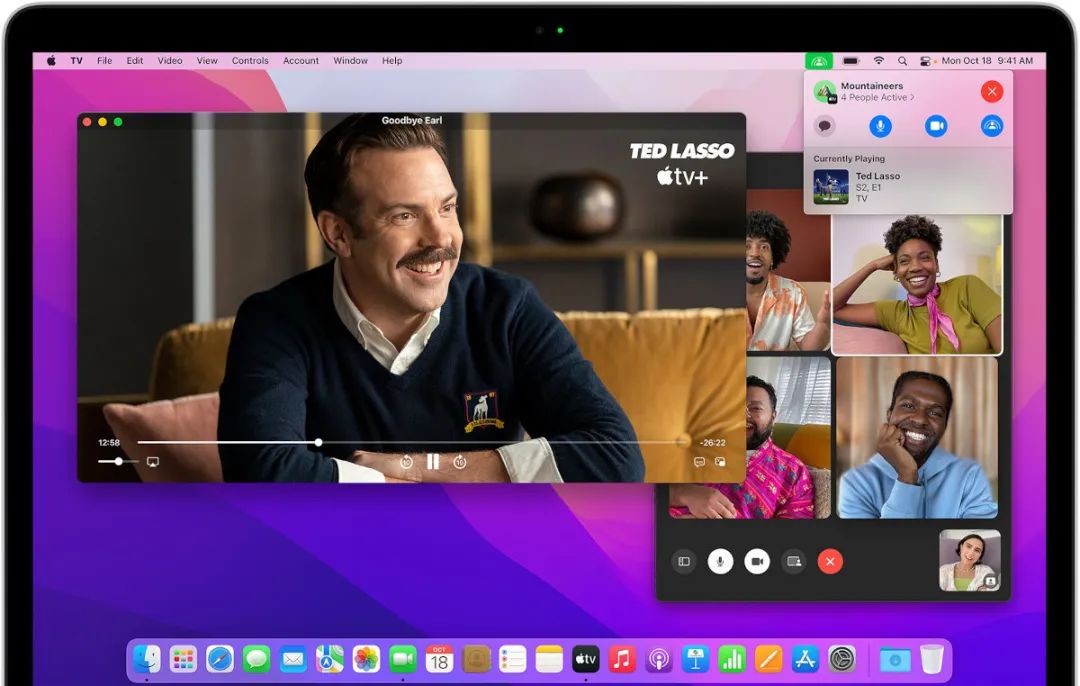
macOS Monterey
You can expect a smooth and seamless experience across the platform.
Using Linux, you can also get a similarly pleasant and user-friendly interface.
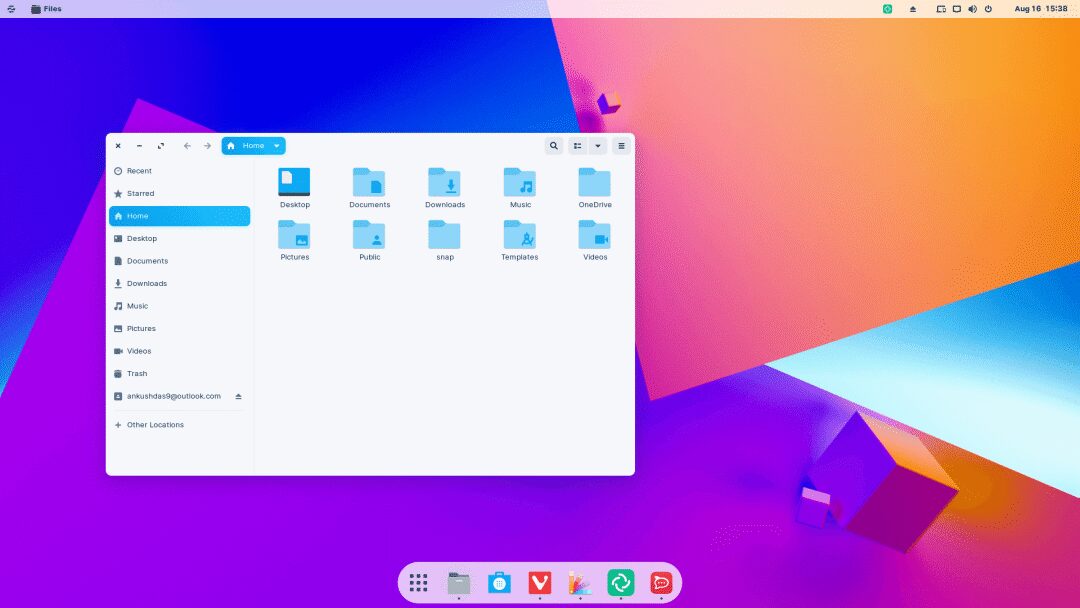
Zorin OS 16 Pro
Unfortunately, the user experience varies with the desktop environment installed with different distributions.
You can check the best desktop environment list. You can even choose macOS-like Linux distributions.
For example, if you use Pop!_OS, Ubuntu, Zorin OS, or elementary OS, you will have an amazing experience.
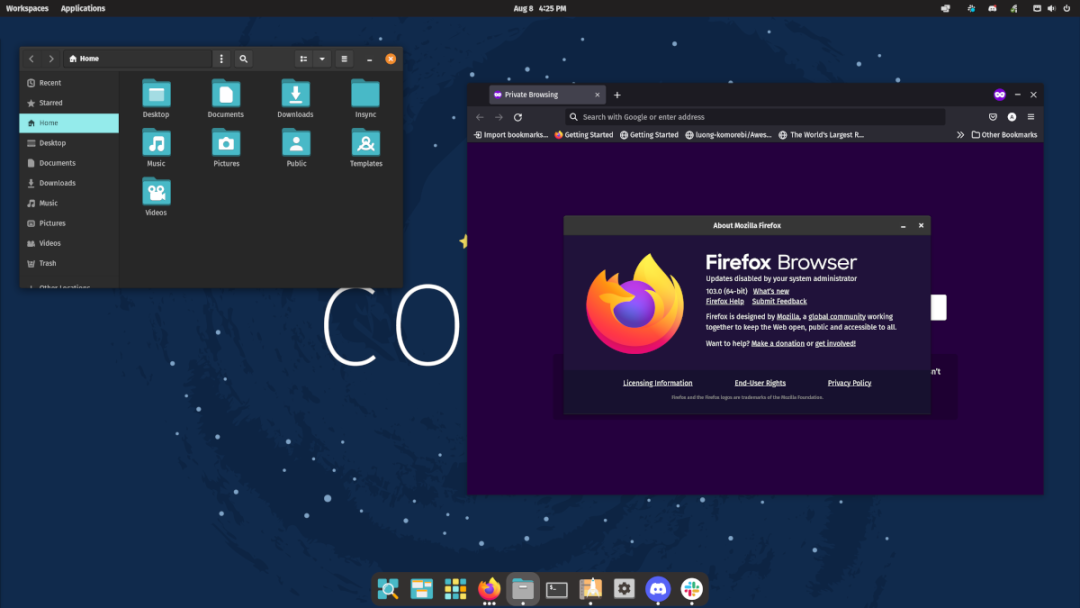
Pop!_OS 22.04 LTS
If you use distributions like MX Linux or others, the user experience may not compare with macOS.
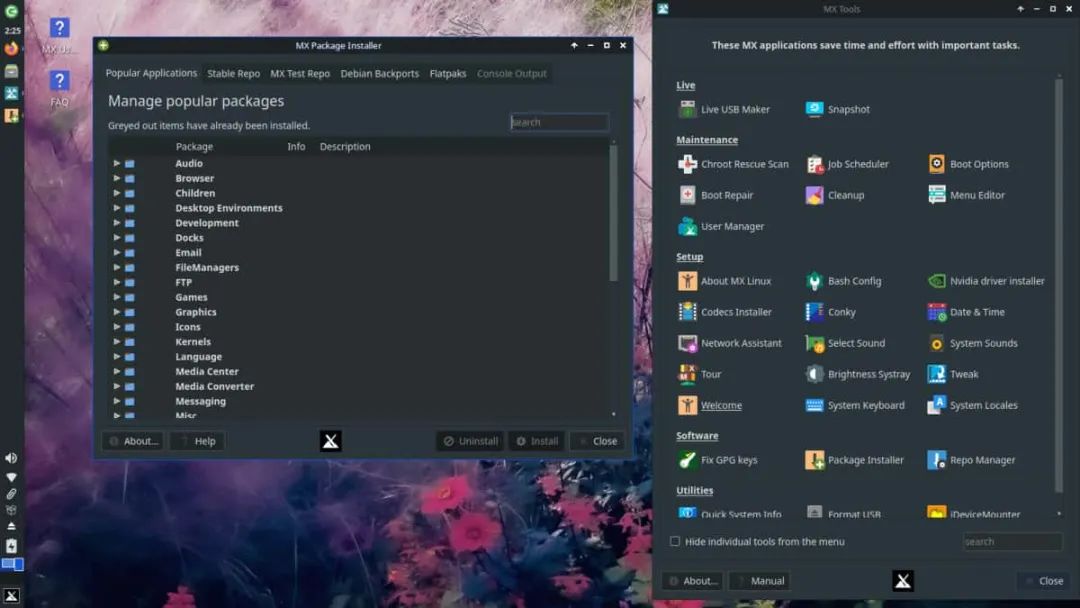
MX Linux
Overall, the out-of-the-box experience with Linux is inconsistent, but if you know what you’re doing, it’s sufficient.
If you previously used Windows, you may find the interface of Linux confusing at first.
Customizability
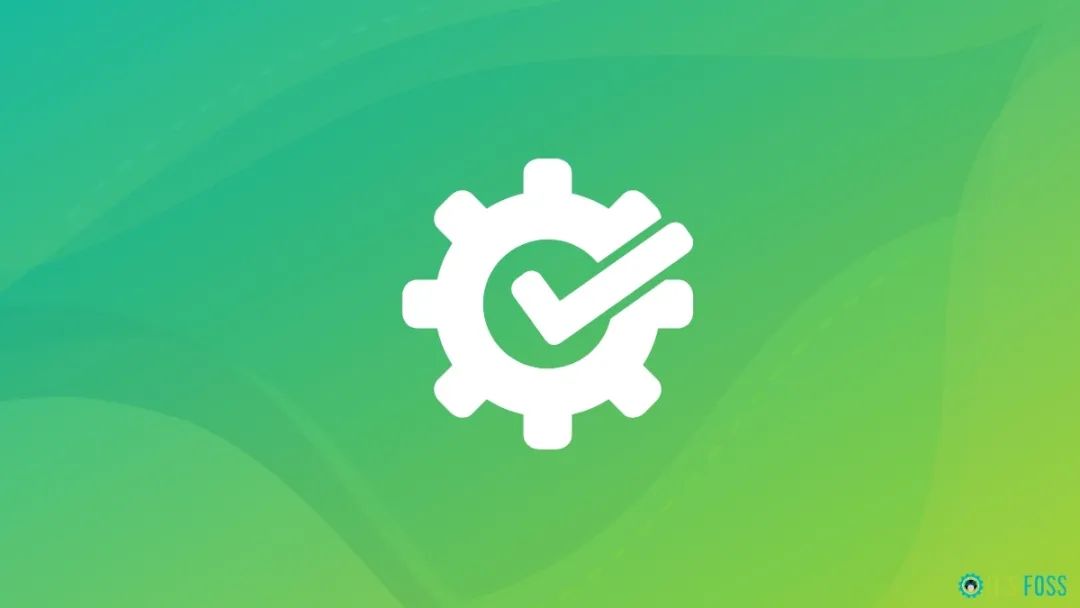
customizability
If you want an operating system that allows you to modify various aspects, then macOS is not for you.
While Apple’s designs are aesthetically pleasing most of the time, not everyone likes them.
If you want personalization, control, and extensive customization of the operating system’s specific details, Linux should be the perfect choice.
You can choose to customize the user interface as needed, use various elements, and unleash your preferences. Please check our KDE customization guide to explore the possibilities.
While this is great, customizing things on a Linux system can sometimes backfire and make it messy. Therefore, you need to learn and explore what you want to customize.
Hardware Requirements

hardware illustration
Hardware is where macOS suffers a “heavy blow.”
If you want to get macOS and have a good experience, you need to buy expensive Apple hardware.
For example, the basic configuration of a laptop that supports macOS starts with 8 GB RAM and 256 GB storage, priced at $1200 or more.
Unless you want to frequently use swap space for multitasking and already have cloud storage space, buying Apple devices would be a bad idea.
In contrast, if you don’t want to spend a lot of money but still want a decent setup for your system (PC/laptop), it’s easy to buy a device with 16 GB RAM + 512 GB SSD for around $800 to run Linux.
Personal note: I am used to 32 GB of RAM + 500 GB of SSD storage. To get this multitasking space (without using swap), I would have to pay a premium to Apple.
Some skilled “hackers” have tried to run macOS on non-Apple hardware. Such systems are called Hackintosh, but they certainly do not compare to the comfort of running Linux on a regular computer.
Software Ecosystem
With proprietary applications or tools made by Apple for macOS, you can get a first-class native experience on macOS.
Yes, you may have to purchase these applications. However, unlike some subscription options, you can get a one-time purchase option through macOS.
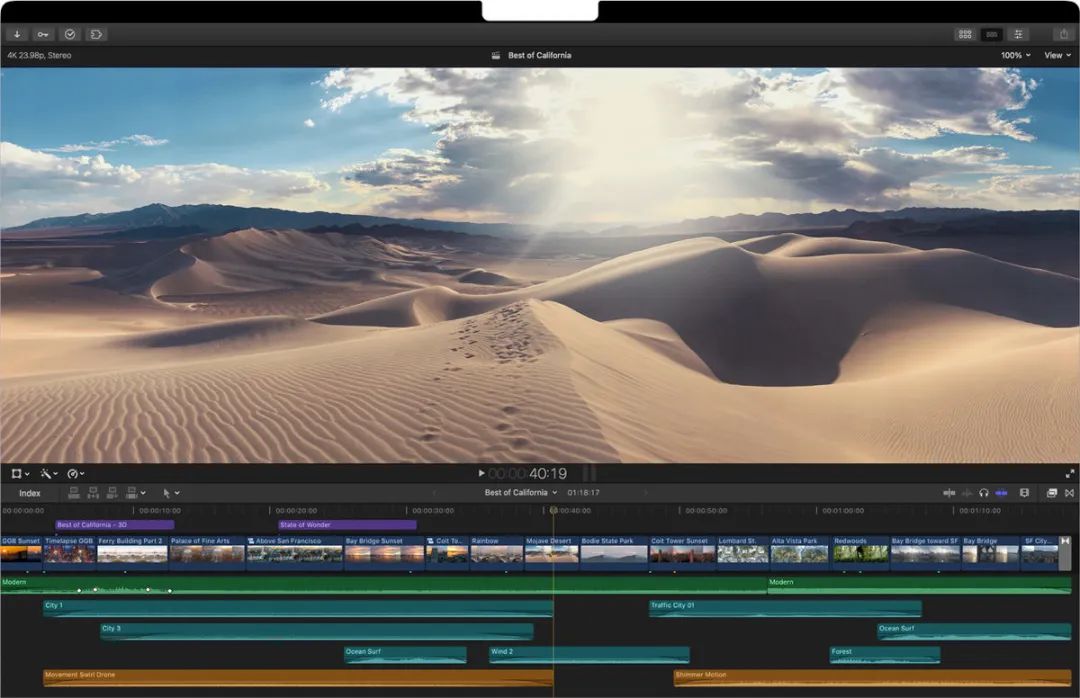
Final Cut Pro on macOS
For users who want to design, edit videos, edit photos, and be creative, if you don’t mind investing, the software suite on macOS should be a good choice.
Free Apple tools (like iMovie, Keynote, etc.) are great on their own. Combining them with premium tools like Final Cut Pro, Affinity Designer, etc., you will get a world-class editing experience. Don’t forget, creative tools like Adobe are also available on macOS.
In addition, Apple has strict guidelines for applications on its platform to enhance the native experience of third-party applications (free or paid).
This is why many designers and editors prefer to use macOS over other operating systems.
For the Linux platform, you can use great free and open-source software to replace some applications that are exclusive to macOS. Unless you like or have experience using specific macOS applications, you shouldn’t have any issues using software for Linux.
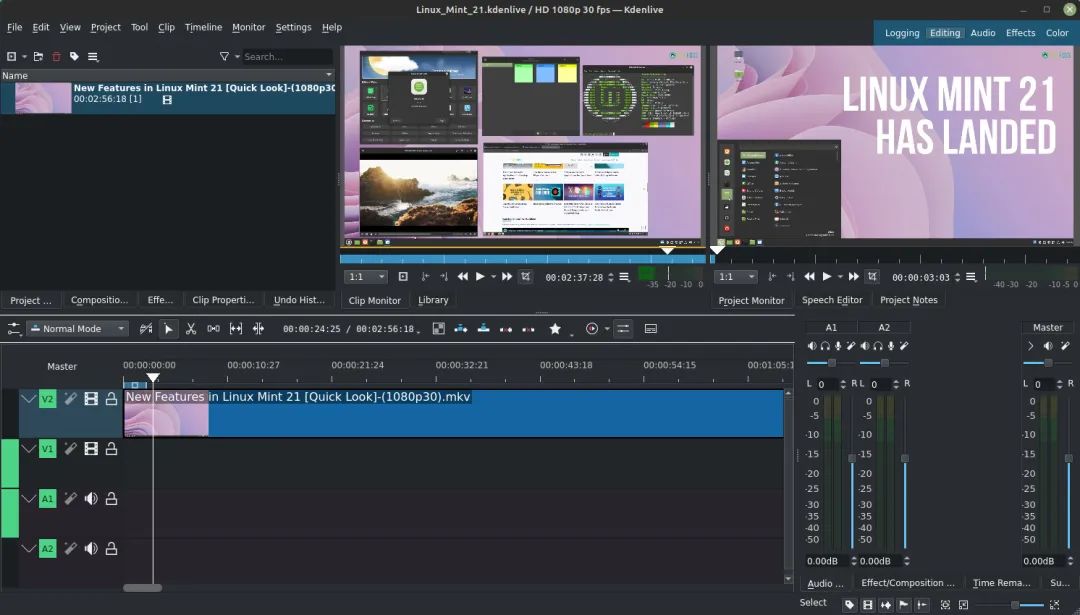
kdenlive editor
The native application experience depends on the Linux distribution you use.
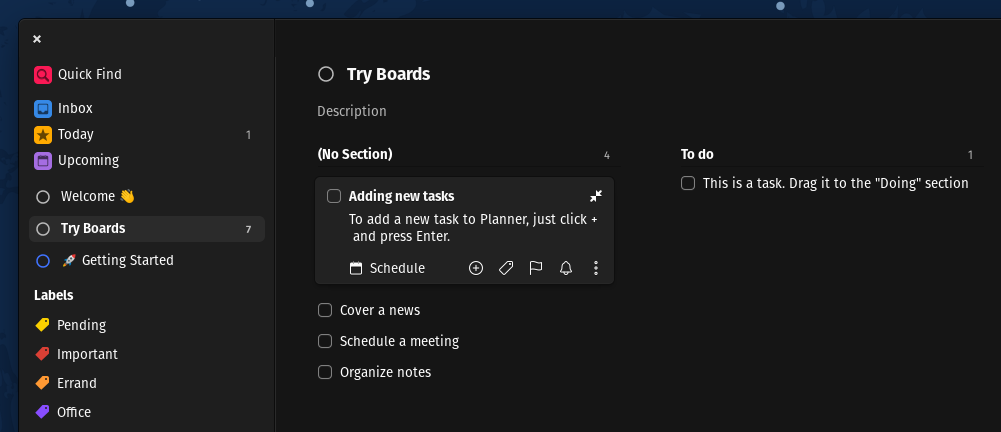
Planner (To-do list app for Linux)
It may not be as perfect as macOS, but if you’re not a professional video or graphic editor, you should have no problems.
Gaming on Linux and macOS
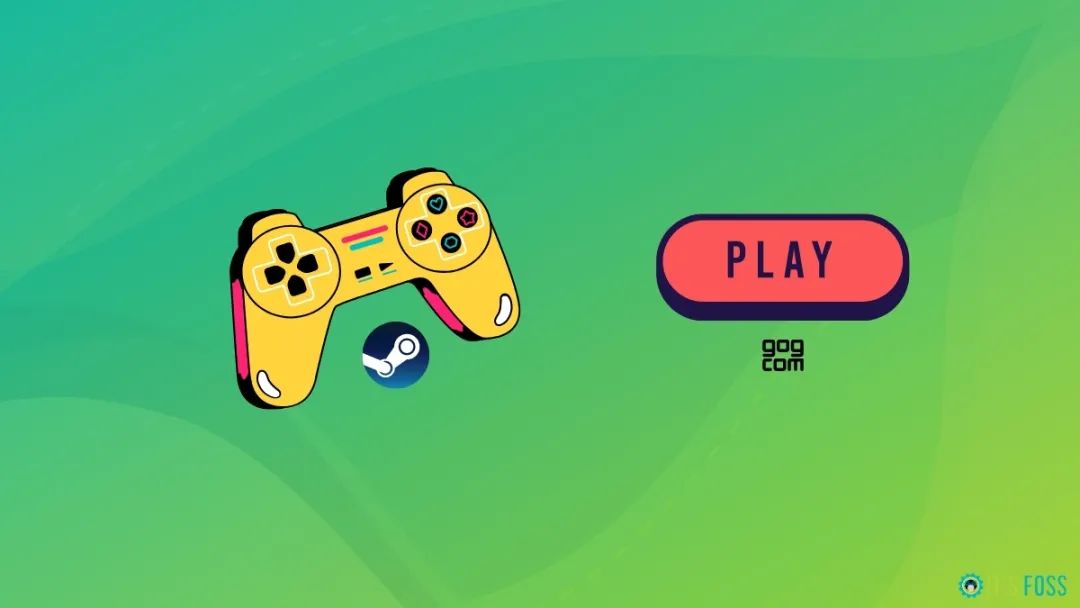
gaming illustration
While Apple has made good progress in making its new M1/M2 chips as powerful as possible, macOS currently has poor support for gaming.
A few games work well, and most are not officially supported. To be honest, buying a Mac for gaming is not its purpose.
Regarding Linux, many AAA and indie games run well. Of course, some games have issues. However, as Valve pushes for official support for games on the Steam Deck, even the latest titles like Spider-Man: Remastered are recognized on the Steam Deck.
Ultimately, this will help improve game support on the Linux platform.
Moreover, considering that the PC graphics card market is almost back to normal (close to or below the suggested retail price), you can get a decent PC version or laptop without worrying about performance bottlenecks.
Would you spend over $1800 for a Mac with 16 GB RAM and 512 GB SSD or buy a PC/laptop with 32 GB RAM (or more) and at least 1 TB SSD (or more)?
The choice is yours.
Package Management
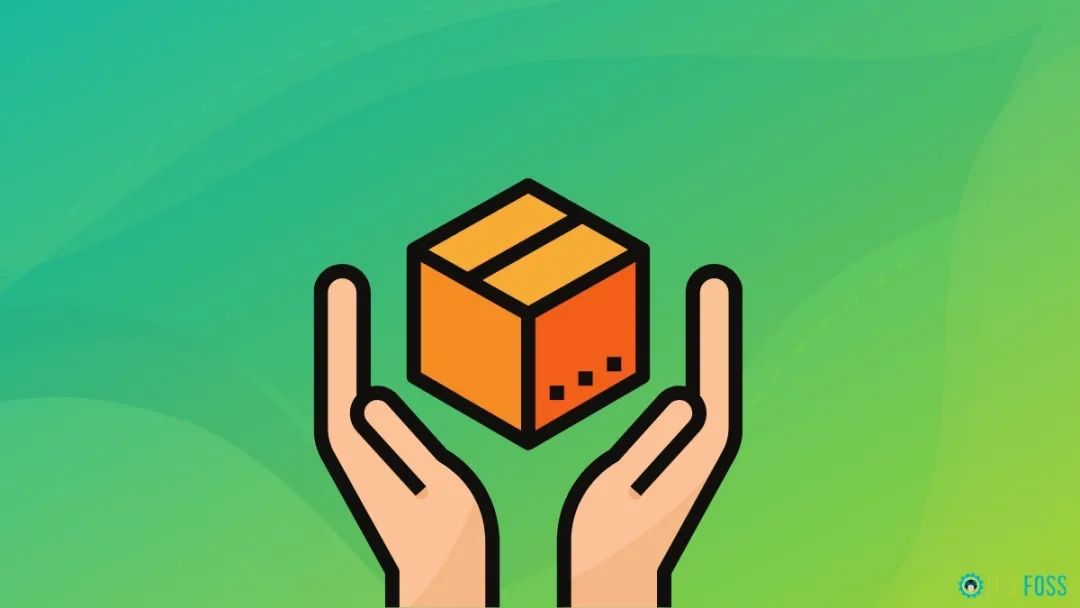
package manager illustration new
Package managers allow you to quickly find, install, or uninstall software in your operating system.
Compared to any existing system, Linux has always excelled in package management.
You can get out-of-the-box options like Flatpak, Snap, Synaptic, etc.
However, by default, Mac users have no package manager to rely on. Fortunately, options like Homebrew greatly facilitate macOS users.
Of course, it also supports Linux. Thus, you can use it across multiple devices to simplify operations.
System Upgrades
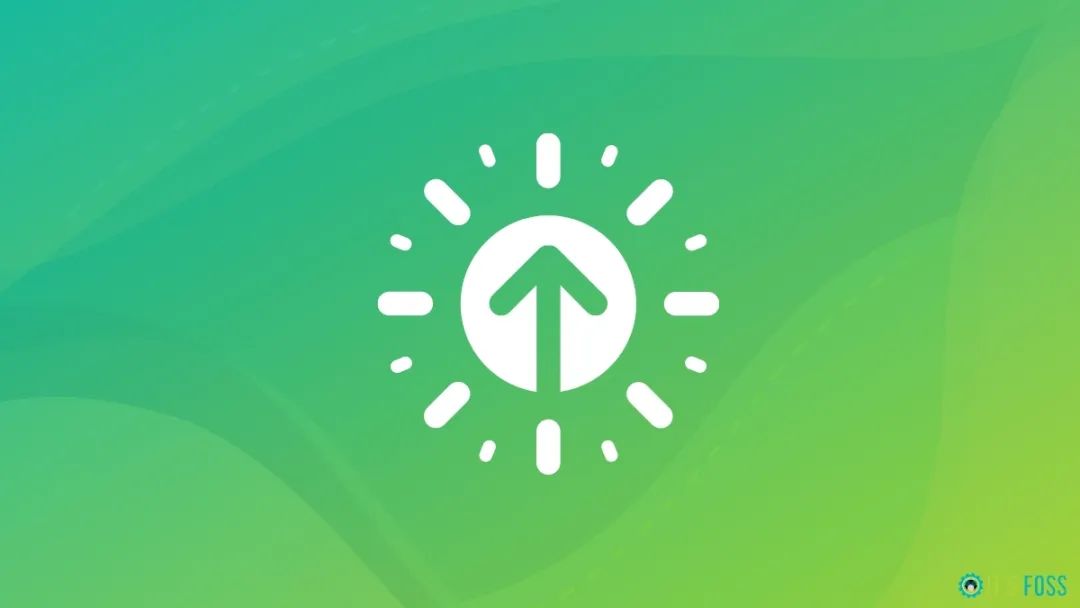
software update illustration
Apple does not publish a specific schedule for its operating system updates.
For example, macOS Ventura (which is about to undergo a version upgrade at the time of writing) suddenly dropped support for all Mac devices prior to 2017.
Interestingly, previous versions of the operating system averaged support for around seven years, but with the changes in updates, it now seems to be around five years.
This may not be a simple answer for Apple-designed chips. However, at least 4 to 5 years of software support is safe.
Linux offers you choices. If you want a stable operating system focused solely on maintenance and security without feature upgrades, the LTS versions of Linux distributions can provide you with five years of updates for free. This mainly applies to Ubuntu or Ubuntu-based distributions like Linux Mint.
Moreover, there is a subscription project for Ubuntu that can provide you with security updates for ten years.
And that’s not all; you can also choose rolling releases to get continuous cutting-edge updates without an end date. As long as your hardware can handle it, you should be able to update the operating system without any issues.
macOS vs. Linux: Which Should You Choose?
If you need it, macOS can be said to be worth the cost.
It is not recommended for users who only need to browse the web, send emails, and perform tasks that can be done on any platform to purchase macOS.
macOS is still a niche choice.
However, with the improvements in Linux, it has become a useful option for users who were previously Windows/macOS users, computer science students, developers, creative professionals (like us), and a wide range of potential users.
There are many reasons to choose Linux over macOS (and vice versa), but this is my perspective.
What are your thoughts on macOS vs. Linux? Feel free to share your thoughts in the comments below.
Liang Xu spent a month and a half developing a Linux command course, welcome to purchase and learn!
Course Features:
-
Detailed summary of 150 frequently used commands, after learning you can meet 95% of command requirements in work; -
The Q&A group provides unlimited Q&A services, and the atmosphere in the Q&A group is great; -
Total duration exceeds 10 hours, comparable to large class lengths.


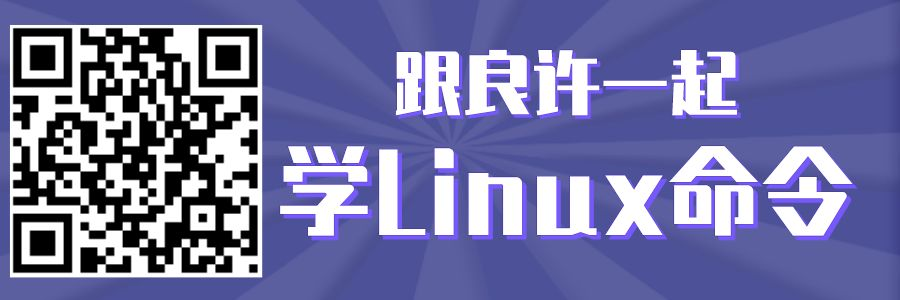
Highly recommend a Shell practical case course recorded by a Tencent big shot (authorized):
-
The big shot has worked at Tencent for 6 years and has over a decade of experience in big companies; -
The big shot summarized 100 cases based on his experience in big companies, super practical! -
After learning these 100 cases, your Shell programming will definitely improve a lot; -
The Q&A group provides unlimited Q&A services, and the atmosphere in the Q&A group is great.


